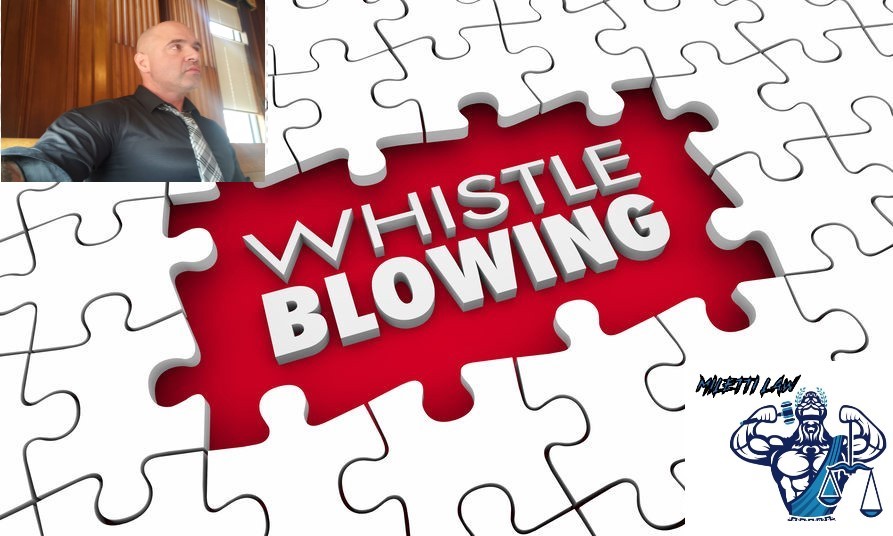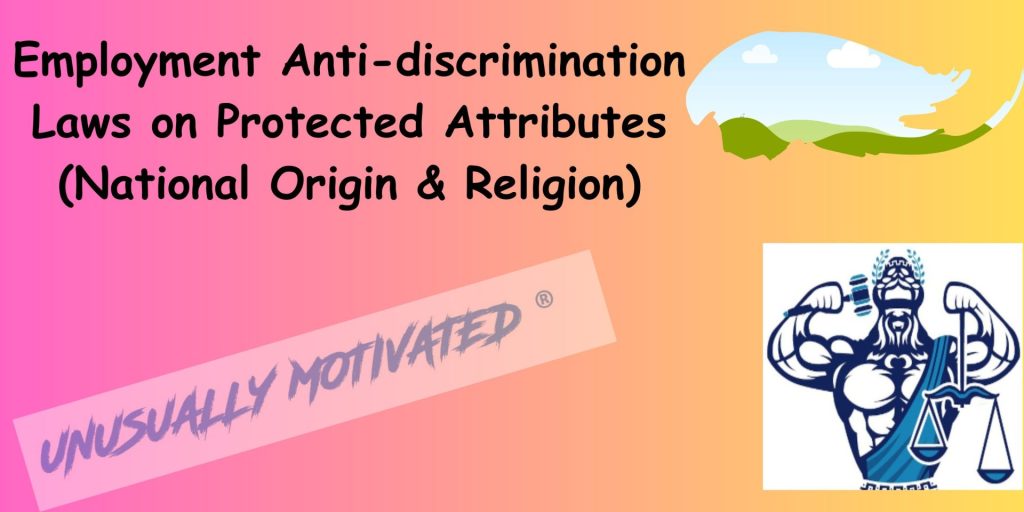What Does the “Statute of Limitations” Mean?
If you have ever gone to court only to be informed that you have exceeded the maximum time required to initiate your legal proceedings, then you violated the statutes of limitations, which, in most cases, depends on the specific law under which you may file a suit, the location of the jurisdiction, and the nature of the offense. Whether you have ever been a victim of this issue or not, read on to learn more and be properly equipped with information concerning the Equal Pay Act’s statute of limitations.
Generally, a statute of limitations is a law that defines the maximum amount of time parties involved in a dispute must initiate legal proceedings after the occurrence of an alleged offense. In our post Pay Discrimination and Retaliation in Employment – A Review of the EPA, we mentioned that while it is enforced by the U.S. Equal Employment Opportunity Commission (EEOC), the Equal Pay Act is a federal law that prohibits employers from paying people of opposite sex differently for equal work (1) performed under the same working conditions and (2) requiring equal responsibility, effort, and skill.
The EPA’s statute of limitations is very specific at both the Federal level and the State (New York in this case) level in terms of (i) administrative exhaustion, (ii) time to file an EEOC complaint or suit, and (iii) tolling. So, how long should you take before you can file a lawsuit in a court of proper jurisdiction under the EPA? Read on to learn more…
Administrative Exhaustion
Under both the Federal and State levels, neither the EPA nor the NYEPA requires a complainant or plaintiff to exhaust administrative remedies before filing a civil suit or lawsuit. What does this mean? This implies that you can file a lawsuit wherever you are as long as you are convinced that an alleged offense, whether pay discrimination or retaliation for speaking against such discrimination, has occurred.
Time to File an EEOC Complaint or Suit under the EPA
At the Federal level, the EPA provides a maximum of 3 years to file a charge for a cause of action arising out of a willful act or 2 years after the cause of action accrued.
Time to File a Suit under the NYEPA
The time limit provided to institute or initiate a civil action after the alleged unlawful discriminatory practice under the NYEPA is 6 years.
Tolling
Some laws allow the pausing or delaying the time period set forth by a suit’s statute of limitations. This is known as tolling. A complainant should understand that the EPA’s two-year statute of limitations is not tolled (paused or delayed) by the fact that one has filed a complaint with the EEOC.
On the contrary, the NYEPA allows tolling of the statute of limitations, such that it requires the statute of limitations to be tolled from the date a complainant or plaintiff files a complaint with the New York State Commissioner of Labor or an investigation has been commenced by the New York State Commissioner of Labor, whichever is earlier, until an order to comply issued by the New York State Commissioner of Labor becomes final, or where the New York State Commissioner of Labor does not issue an order, until the date on which the complainant has been notified about the conclusion of the investigation by the New York State Commissioner of Labor.
We understand that the legal language can be confusing and complex at times. Do not hesitate to seek out the assistance of an acclimatized Employment and Labor Law Attorney, who can help you navigate the intricate employment landscape.
Contact our office at (314) 648-2586 to learn more. We have a wide array of specialties to encompass all angles of the business world and protect our clients at all costs.
Still, as we continue dropping knowledge bombs every day, stay tuned for more educative, inspiring, and interesting posts. In the interim, if you have any questions or comments, please reach out to us through our Website and let us know at the Contact Us page!
Always rising above the bar,
Isaac T.,
Legal Writer, Author, & Publisher.
 Professional Legal & Business Services And Representation - English & Espanol!
Professional Legal & Business Services And Representation - English & Espanol!

 314-648-2586
314-648-2586 CALL US NOW
CALL US NOW








